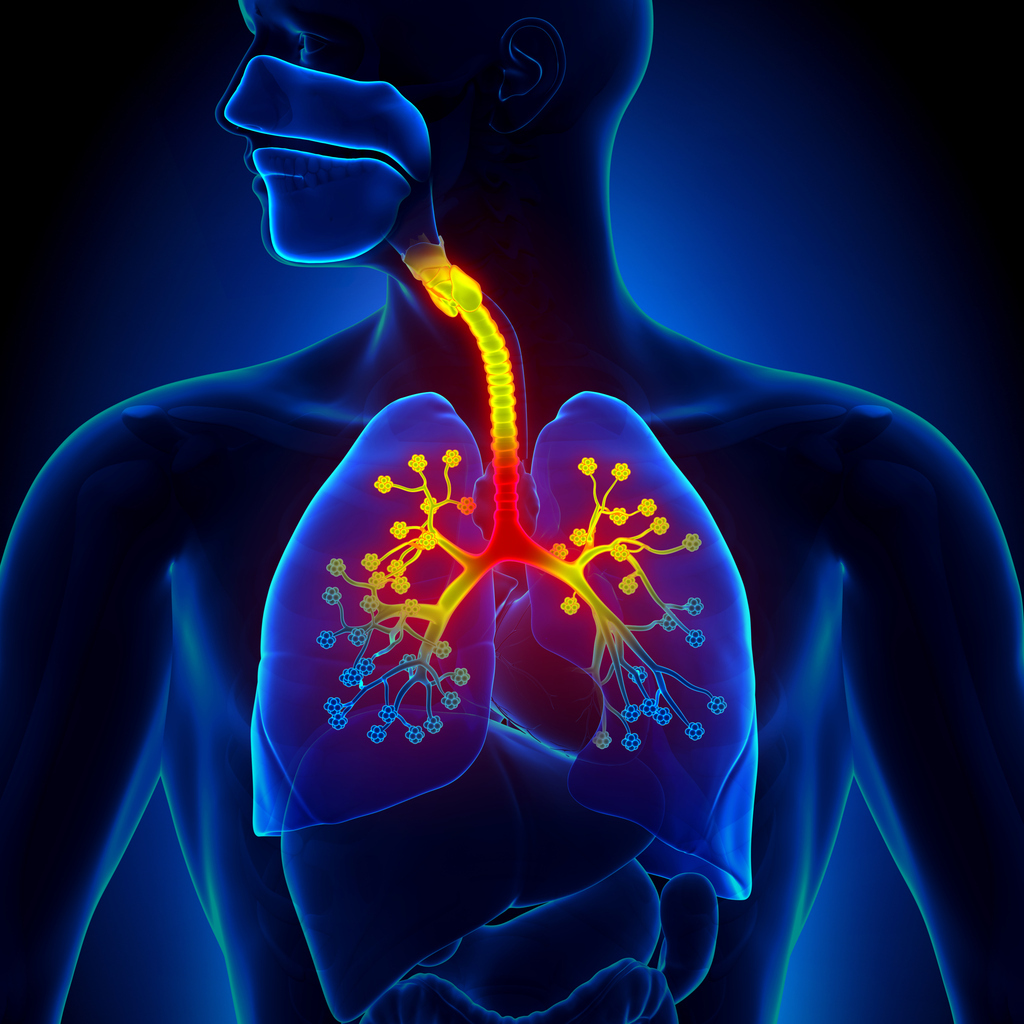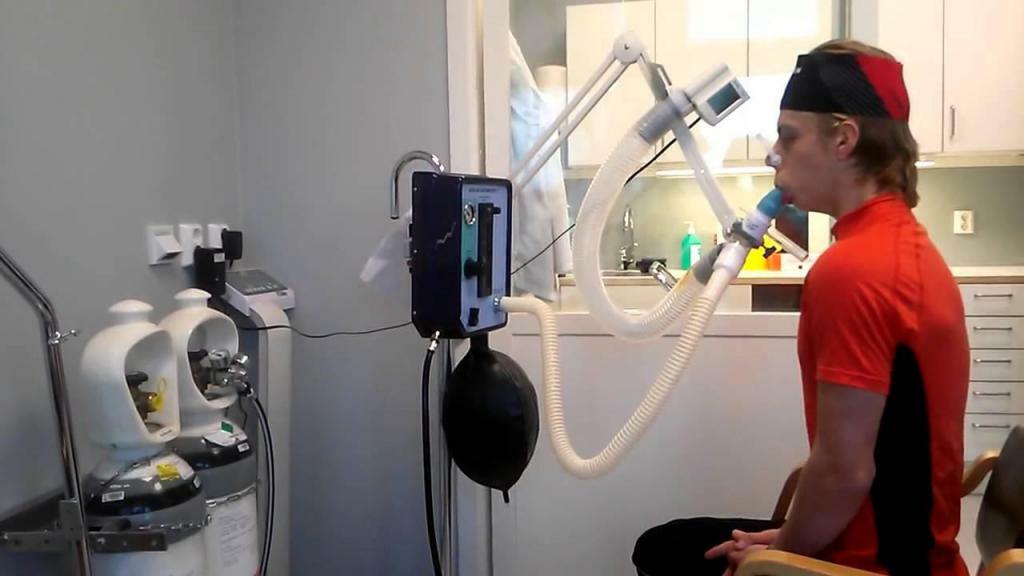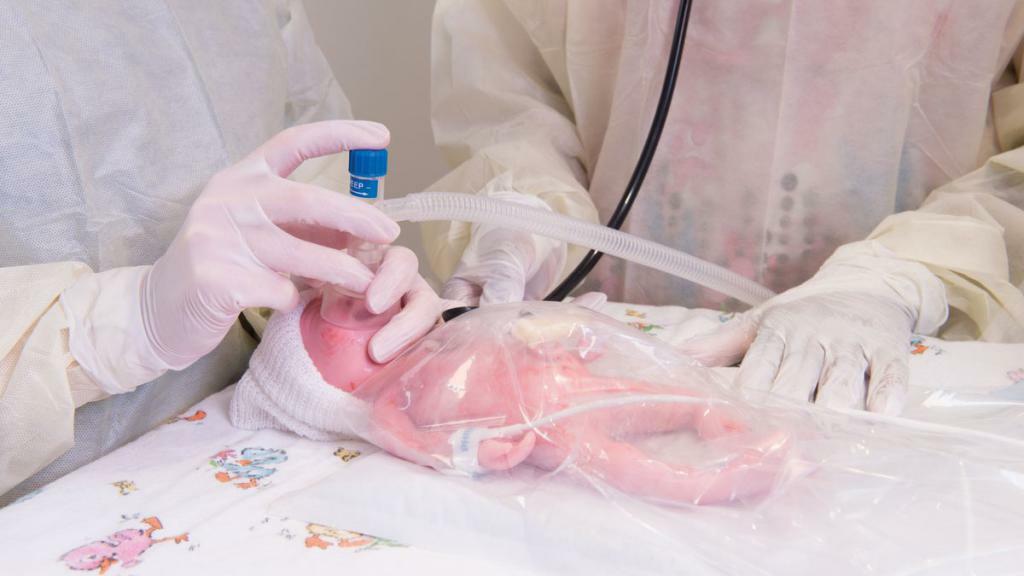A surfactant is what?
Surfactant is a special substance lining the inside of the lungs of the alveoli. Its main function is to maintain the surface tension and the ability of the lungs to inflate and flow into the breath. Particularly important is its role in the first inhalation of a newborn. This substance has bactericidal properties, so it is based on the manufacture of various medications.
What is surfactant
Surfactant is a surfactant located in the pulmonary alveoli. It helps easy to get and digest oxygen. The substance consists of proteins, polysaccharides and phospholipids. It is produced in the lung tissue.

Surfactant functions are that it provides normal breathing. In addition, promotes better absorption of oxygen, participating in immune reactions. It should be noted that pulmonary surfactant is poorly produced in premature infants, which leads to the development of respiratory failure. In an adult, a lack of this substance can occur with burns of the respiratory system, traumas of the lungs, insufficient intake of fats in the body.
Basic properties of
Surfactant is a complex substance in its structure and composition. All its components are produced by lung tissue from a full-term baby, shortly before his birth. It is not enough well-developed system of surfactants that often causes a violation of breathing or clumping of the lungs of newborns, which as a result can lead to the death of the child.

Immaturity can be observed in a full-term child in the presence of provoking factors, for example, smoking during pregnancy. It should be noted that this substance additionally possesses protective properties, preventing the formation of inflammatory processes. This substance is characterized by the fact that it:
- reduces the surface tension in the alveoli;
- ensures the stability of breathing;
- normalizes the gas exchange;
- performs anti-edematous function.
In addition, the surfactant is a substance that participates in the antibacterial defense of the alveoli, eliminates the inflammatory process in acute lung injury. Recently, therapy with the introduction of this drug in the intensive care units of newborns has been widely used. Numerous tests have confirmed the effectiveness of the use of such drugs in the treatment of critical conditions and other respiratory diseases.
Preparations
Preparations-surfactants temporarily replace a natural substance at infringements of its formation. They are used in the treatment of distress syndrome in newborns. Among the main drugs can be identified such:
- "Exosurf";
- "Kurosurf";
- "ACTS";
- "Bromhexine".
The preparation "Kurosurf" contains in its composition a surfactant isolated from light pigs. It helps to restore normal breathing, but its use is permitted only in clinical settings.

The drug "Exosurf" facilitates the process of stretching the lungs. The surfactant is introduced as a solution through a special tube. If necessary, its re-introduction is carried out.
When inflammatory processes of the respiratory system take place, the drugs "ACTS" and "Bromgexin" are used in accordance with the instructions.
What diseases are prescribed for
The main purpose of surfactant preparations is determined by their effectiveness in the presence of severe respiratory diseases. These include diseases and syndromes:
- distress syndrome;
- acute lung injury;
- tuberculosis;
- pneumonia.
The distress syndrome is formed as a result of immaturity of the lungs. Violation of the pulmonary circulation system provokes damage to all components, puffiness and infection.

Acute lung damage occurs when a pathological process occurs in patients who are in critical condition. It occurs as a result of acute or systemic damage to the lungs and the subsequent development of the inflammatory process. Lack of surfactant leads to pulmonary edema, as well as the occurrence of respiratory failure.
Pneumonia is accompanied by tissue damage, pulmonary edema, which leads to a decrease in alveoli. Preparations of surfactant help to normalize gas exchange, contributing to alveolar expansion.
Tuberculosis of the lungs provokes very serious disorders in the lung system, as well as extensive changes in certain areas. The use of surfactant preparations in the complex treatment of tuberculosis can significantly reduce the incidence of changes in lung tissue, which helps reduce the inflammatory process.
Contraindications and Cautions
These drugs are well tolerated. However, surfactant administration should be carried out by doctors with appropriate training. In some cases, a blockage of the tracheal tube with mucus is possible. The rapid administration of a drug can provoke bronchial obstruction or reflux. In some cases, bleeding may occur, which is mainly observed with immaturity of the lungs in newborns.

There are practically no contraindications, but it should be remembered that sensitivity to individual components of the drug may occur.
The drug "Surfactant-BL"
The drug "Surfactant-BL" is intended for the treatment of dangerous conditions of newborns. The drug is administered by inhalation. Phospholipids of the drug involve the alveoli in the respiratory process, which increases the saturation of the blood with oxygen and promotes the sputum discharge.
The drug helps to increase immunity, as well as reduce the risk of pneumonia, which can be very dangerous, especially in the early days of a child's life. Inhalational administration of the drug helps to reduce the severity of the distress syndrome, normalizing gas exchange in the lungs. Literally after 2 hours, the oxygen level in the blood increases markedly.
With the inhalation application of the drug, the active substance has absolutely no appreciable effect on the functioning of the internal organs.
